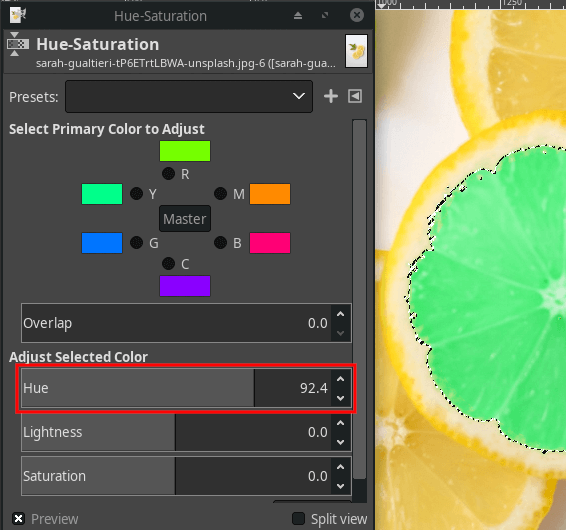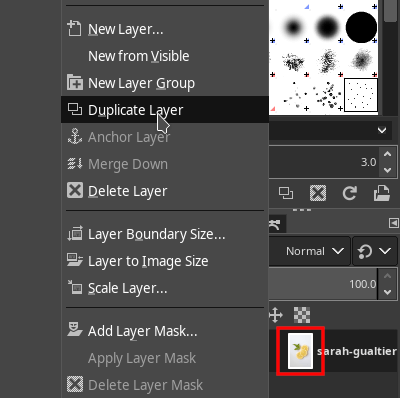


While working on your designs or editing images, you may want to replace one color with another.
#GIMP REPLACE COLOR HOW TO#
That covers everything you need to know about how to change the background color in GIMP! Hopefully, you also learned a bit about how the foreground/background color system came about and why it’s still being used today, but that’s just icing on the cake.John | How to Replace a Color in an Image using GIMPĬolor is an essential element of graphic design that has the ability to communicate a message, trigger emotions, and impact how people receive and perceive information.
#GIMP REPLACE COLOR UPDATE#
The background color swatch in the Toolbox panel will update to display the new color. Place your cursor over the area of color that you want to duplicate, and click once. In the Tool Options panel, change the Pick Target option to Set background color. Switch to the Color Picker tool using the Toolbox panel or the keyboard shortcut O. This tool is known as the Eyedropper in Photoshop, and GIMP actually uses an eyedropper icon for their version, despite changing the name. You can also set the background color using the Color Picker tool to duplicate a specific color from an image or photo. In a mask, white pixels are 100% opaque, black pixels are 100% transparent, and grayscale pixels are partially visible, and it’s possible to swap back and forth between painting with white pixels or black pixels using the keyboard shortcut X, which allows you to quickly refine a mask without having to switch tools. One of the most useful aspects of the foreground/background color system helps a lot when creating a layer mask.

To reset the foreground and background colors to the black and white defaults, press the keyboard shortcut D. Each format is just another way of displaying the same color data, so it really comes down to personal preference. You can also experiment with different ways of displaying your color choices using the tabs in the upper left corner of the dialog window. The currently active foreground and background colors are displayed in two color swatches at the bottom of the Toolbox panel on the left side of the GIMP interface. When the ability to actually delete pixels and leave transparent areas behind was added, the original system stayed in place.Īs soon as you add an alpha channel or begin working on a second layer in your image, the Eraser stops ‘painting’ with the background color and actually removes pixels from your image to create transparent areas, which makes a lot more sense to me from a conceptual standpoint.įor many digital artists, the foreground/background system really just allows you to have two colors ready to be used at one time rather than being used by the Paintbrush/Eraser tool pairing, but palettes and other color-picking methods are usually a much better choice for storing and reusing multiple color values in a project. The background color used by the Eraser tool could be matched to the image’s background color, and painting that over any other pixels in your image would make it seem like they had been erased.

In the early days of computer graphics, that was enough for most people who wanted to create the illusion of “erasing” pixels using only a single layer. When working with a single-layer image with no alpha channel for transparency, the foreground color is used by the Paintbrush tool, and the background color is used by the Eraser tool.


 0 kommentar(er)
0 kommentar(er)
